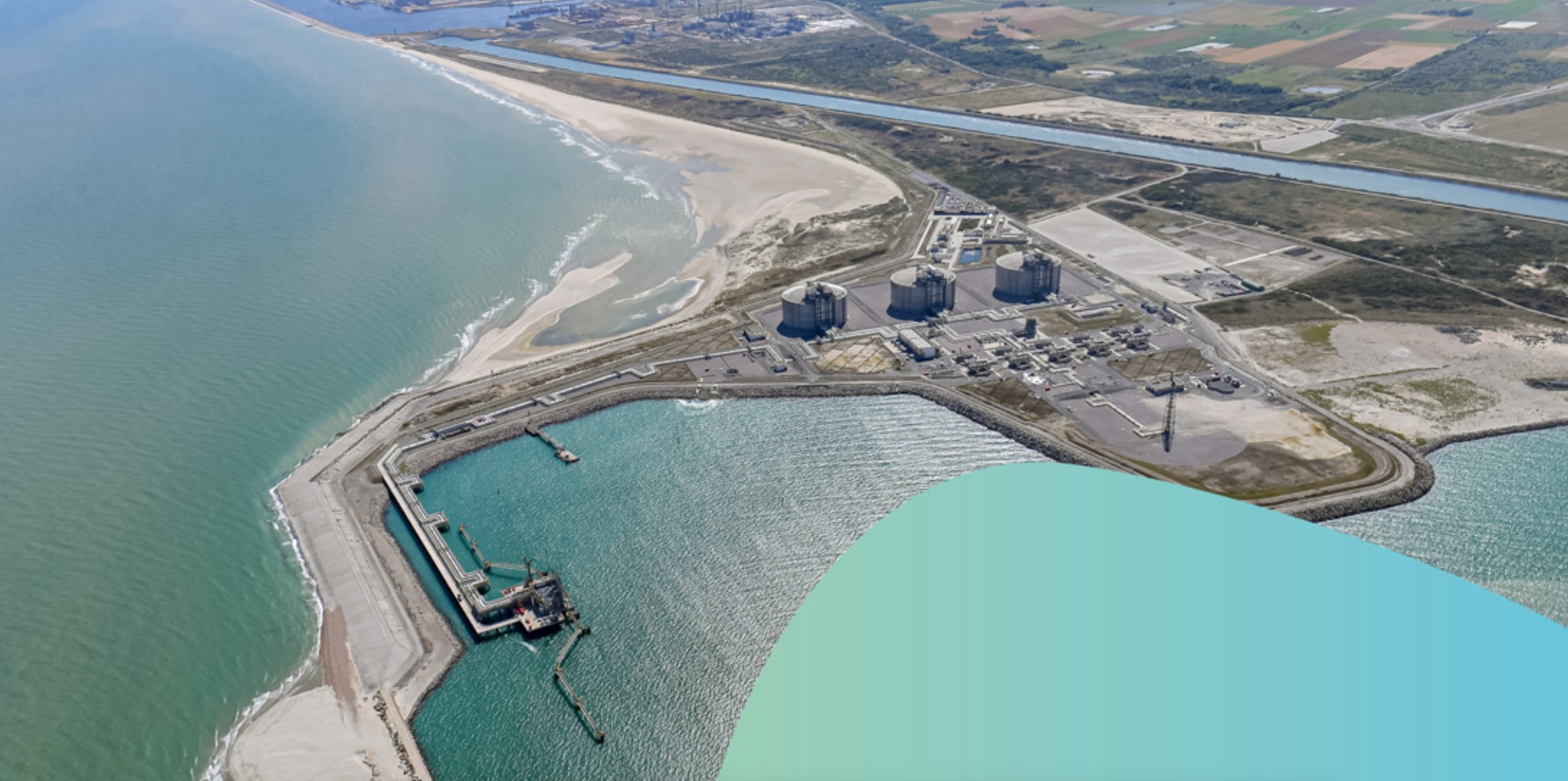France’s Dunkerque LNG, the operator of the Dunkirk LNG facility led by Belgium’s Fluxys, is offering regasification capacity for 2026 and 2027.
The firm said in an announcement it is organizing a call for market interest, offering the opportunity to book 1.5 billion cubic meters per year of regasification capacity in 2026 and up to 3.5 bcm per year of regasification capacity in 2027.
Dunkerque LNG said the qualification phase of the call for market interest process had started on February 1 and will close on February 23, 2024.
The firm noted that European LNG imports have witnessed a “strong demand” in recent years and are expected to continue to rise as LNG is now a “fundamental element” of the Europe’s security of supply.
Dunkerque LNG owners include two groups with the first consortium led by Fluxys holding a 61 percent stake.
Commissioned in January 2017, the LNG terminal has an annual regasification capacity of 13 billion cubic meters of natural gas.
Previous shareholders EDF and TotalEnergies are the main customers of the LNG terminal through 20-year contracts.
According to Dunkerque LNG, the LNG terminal received 121 carriers in 2023, or about 18.8 million cbm. This compares to record 141 carriers, or around 22 million cbm of LNG, in 2022.
In 2023, Dunkirk reloaded six ships, or about 46,063 cbm of LNG.
For its customers, the terminal fed more than 10.6 bcm of natural gas into the network, the equivalent of 30 percent of the gas consumption of France in 2022.
Dunkirk LNG is the fourth onshore LNG terminal in France, and the three other terminals are Elengy’s Fos Tonkin, Fos Cavaou, and Montoir-de-Bretagne LNG terminals.
France now also has the FSRU-based LNG import terminal in Le Havre, operated by TotalEnergies.

